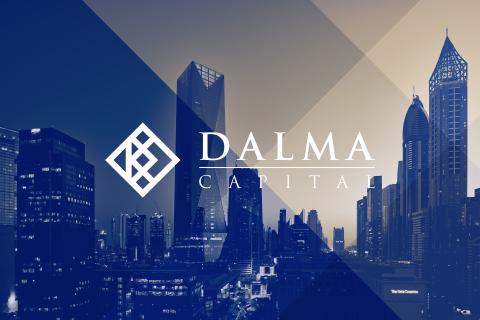Closing the Deal: The Importance of Face-to-Face Negotiations in M&A Transactions

29 March 2023
By Zachary Cefaratti
Mergers and acquisitions (M&A) transactions can be intricate, involving multiple parties such as buyers, sellers, lawyers, and advisors. As negotiations progress, it is not uncommon for the transaction to get bogged down in endless rounds of document markups, colloquially known as “SPA markup ping-pong.”
The SPA Markup Ping-Pong Problem
In M&A transactions, the sales and purchase agreement (SPA) is a central document outlining the terms and conditions of the deal. During negotiations, both sides often exchange marked-up versions of the SPA, highlighting and disputing specific clauses or terms. This back-and-forth can go on for a prolonged period, resulting in the following challenges:
- Slower progress: The SPA markup ping-pong can slow down the transaction process, increasing the risk of deal fatigue and potentially jeopardizing the agreement.
- Miscommunication: Remote negotiations can lead to misinterpretations, misunderstandings, and miscommunications, exacerbating the disagreements between parties.
- Loss of personal connection: When parties interact only through document exchanges, they may lose the personal connection that can facilitate deal-making and foster trust.
Locking the Doors: The Power of Face-to-Face Negotiations
To overcome the challenges of SPA markup ping-pong and facilitate deal closure, it is crucial to gather all parties in the same room at a critical stage in the negotiation process. This face-to-face interaction, or “locking the doors,” can lead to several benefits:
- Enhanced communication: In-person discussions allow for clearer communication and a better understanding of each party’s position, reducing the likelihood of misinterpretations and promoting more effective negotiations.
- Faster decision-making: Having all parties present in the same room accelerates the decision-making process, as issues can be addressed and resolved immediately, rather than waiting for responses via email or phone calls.
- Relationship-building: Face-to-face meetings help establish rapport and foster trust between parties, creating a more collaborative atmosphere and facilitating deal closure.
It is important to only ‘Lock the doors’ at a stage when parties aren’t too far apart on major, make or break issues. The advisor must know the critical juncture when the parties are just close enough to do a deal, but still far apart enough that the boost in momentum is needed.
While I refer to ‘locking the doors’, we typically find that the best format is for the lawyers of either the buyer or seller to host the meetings at their offices, to arrange a central meeting room for both the buyer and seller, but also to have breakout rooms or ‘war rooms’ for each side to break apart and reconvene. It may also be the case that key decision makers on either side remain remote, and instructions need to be taken at various stages by the deal teams for each side.
Going in for the kill
In M&A transactions, SPA markup ping-pong can prolong negotiations and hinder deal closure. By bringing all parties together for face-to-face negotiations, it is possible to overcome these challenges, enhance communication, and foster trust. “Locking the doors” and engaging in direct, in-person discussions can be a crucial factor in closing deals and achieving a successful outcome for all parties involved.
These sessions can easily go on for a few days, and usually mean long, grueling hours. In complex cases, these can even become multi-threaded with multiple teams from each side breaking into multiple war rooms and meeting rooms. These sessions are extremely intensive and not for the feint of heart, but personally there is nothing I enjoy more than the last mile of a deal.
In a way, closing an M&A deal is like finishing a marathon, and the saying about marathons rings true — “The halfway point of a marathon is 20 miles”
To know more about Zachary and his insights, please click here.
To access the Article, please click here.
